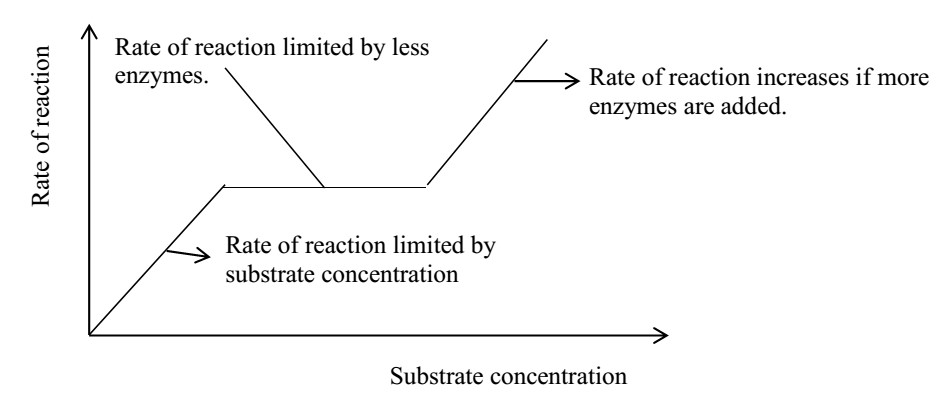LESSON 1
1.1 ENZYMES
Enzymes are organic compounds protein in nature that speed up the rate of biochemical reactions in the body of an organism and remains unchanged at the end of the reaction.
1.2 Importance of enzymes
The rate at which some reactions occur in the body without enzymes is too slow to sustain life. Enzymes therefore speed up the rate of the reaction without changing the product formed and the nature of reaction i.e. an enzyme cannot make a reaction that would not occur to take place and it cannot make an endothermic reaction exothermic but only ensures that products are formed in the shortest time possible.
They also control metabolic processes hence promoting normal body functions.
1.3 Classification of enzymes
Enzymes are classified depending on the type of reaction they catalyze. The following are some of the classes of enzymes.
- Isomerase; these catalyze reactions involving isomerism
- Phosphorylases; these catalyze reactions involving addition of a phosphate
- Hydrogenases; these catalyze reactions involving addition of hydrogen.
- Dehydrogenase; these catalyze reactions involving removal of hydrogen.
- Kinases; these catalyze reactions involving movement of molecules from one area to another.
- Carboxylases; these catalyze reactions involving addition of Carbon dioxide.
Enzyme can also be described as being intracellular or extracellular. Intracellular enzymes are those which catalyze reactions inside the cells producing them, e.g. all respiratory enzyme are intracellular. Extracellular enzymes are those produced by a cell to catalyze reactions outside that cell. All digestive enzymes in man are extracellular.
Nomenclature of enzymes Enzymes are named by adding a suffix “ase” to their substrates. A substrate is a substance, which the enzyme acts upon, or simply it is the raw material for the enzyme.
1.4 Examples of enzymes and their substrates
|
Enzyme |
Substrate |
|
Peptidase |
Peptides |
|
Lipase |
Lipids |
|
Maltase |
Maltose |
|
Sucrase |
Sucrose |
|
Lactase |
Lactose |
|
Cellulase |
Cellulose |
Some enzymes however retained their names they had before this convention. Such enzymes include pepsin and trypsin.
Sometimes the enzymes digesting carbohydrates are generally called carbohydrases and those digesting proteins as proteases.
1.5 PROPERTIES OF ENZYMES
- They are all protein in nature.
- They are specific in their action i.e. they catalyze specific food i.e. Maltase on Maltose.
- They speed up the rate of chemical reactions (they are catalysts).
- They are effective even in small amounts.
- They remain unchanged at the end of the reaction.
- They are denatured by high temperatures since they are protein in nature and are inactivated by low temperatures.
- They are inactivated by inhibitor chemicals (poisons e.g. cyanide).
- They work at a specific PH. (either acidic or alkaline).
- Their reactions are reversible.
- Their activity can be enhanced by enzyme activators e.g. chloride ions activate amylase.
1.6 FACTORS AFFECTING ENZYME ACTIVITIES
To investigate the effects of a given factor on the rate of enzyme controlled reactions, all other factors should be kept constant and at optimum levels so as to obtain accurate results.
The factors are:
- Temperature
- Concentration of the substrate
- PH of the medium
- Presence of activators
- Presence of inhibitors
- Concentration of the enzyme
1.7 Concentration of substrate:
A substrate is a substance (food) acted upon by the enzyme to form simpler products.
The rate of enzyme reaction increases with increase in substrate concentration and enzymes work slower when the substrate concentrations low.
However, further increase in substrate concentration will not increase enzyme reaction rate since all its active sites are fully saturated with food.
A graph showing how the rate of reaction varies with substrate concentration


